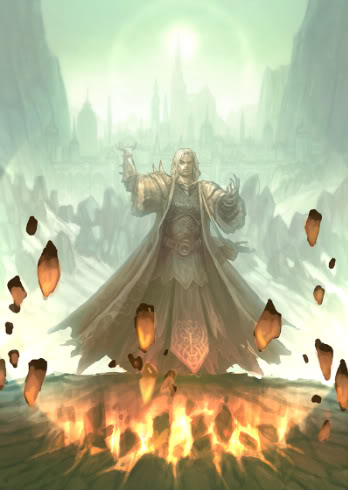

There are other factors that influence sturdiness, such as the ability to deny enemy turns (via control spells and other features), specific party synergies, tactics, battlefield positioning, etc. We will refer to the overall concept of sturdiness at points in this article as “effective hit points”-the idea of a value that combines all aspects of a character’s defenses (total hit points, Armor Class, saving throw bonuses, resistances). Of course, both are functionally also tied to the total amount of hit points a character has. Increasing sturdiness comes down to being able to minimize effects of enemy abilities with save DCs via saving throws, and the ability to avoid enemy attacks via Armor Class. But to do that, we’ll need to establish some common terms.įor the purposes of this article, “sturdiness” is a specific measure of a character’s defensive capabilities. The intent of this article is to explicate upon the concept of “sturdiness,” and how a common notion of “squishy casters” is a fallacy.

Finally, we’ll briefly go over the various ways casters can increase their sturdiness. We’ll explain the strengths of a defensive dip on casters, and the value of increasing AC as much as possible in general. In this article, we will explore some of the mathematical underpinnings of why casters can be just as or more sturdy than martials, and explore the power of well-built casters in more depth. “Martials have d10 or d12 dice, while casters have a d6 and d8s, and thus frontline martials need to take hits up front and protect the backline casters.” In The Myth of Party Roles, we briefly discussed some of the reasons why this isn’t the case. There’s a common belief among players that spellcasters are squishy, and martials are not. Summarizing Martial vs Caster Sturdiness.Martials have better passive save defenses.Spellcasters can afford to take the Dodge action.Spellcasters can wield shields, while damage-optimized martials typically can’t.


 0 kommentar(er)
0 kommentar(er)
